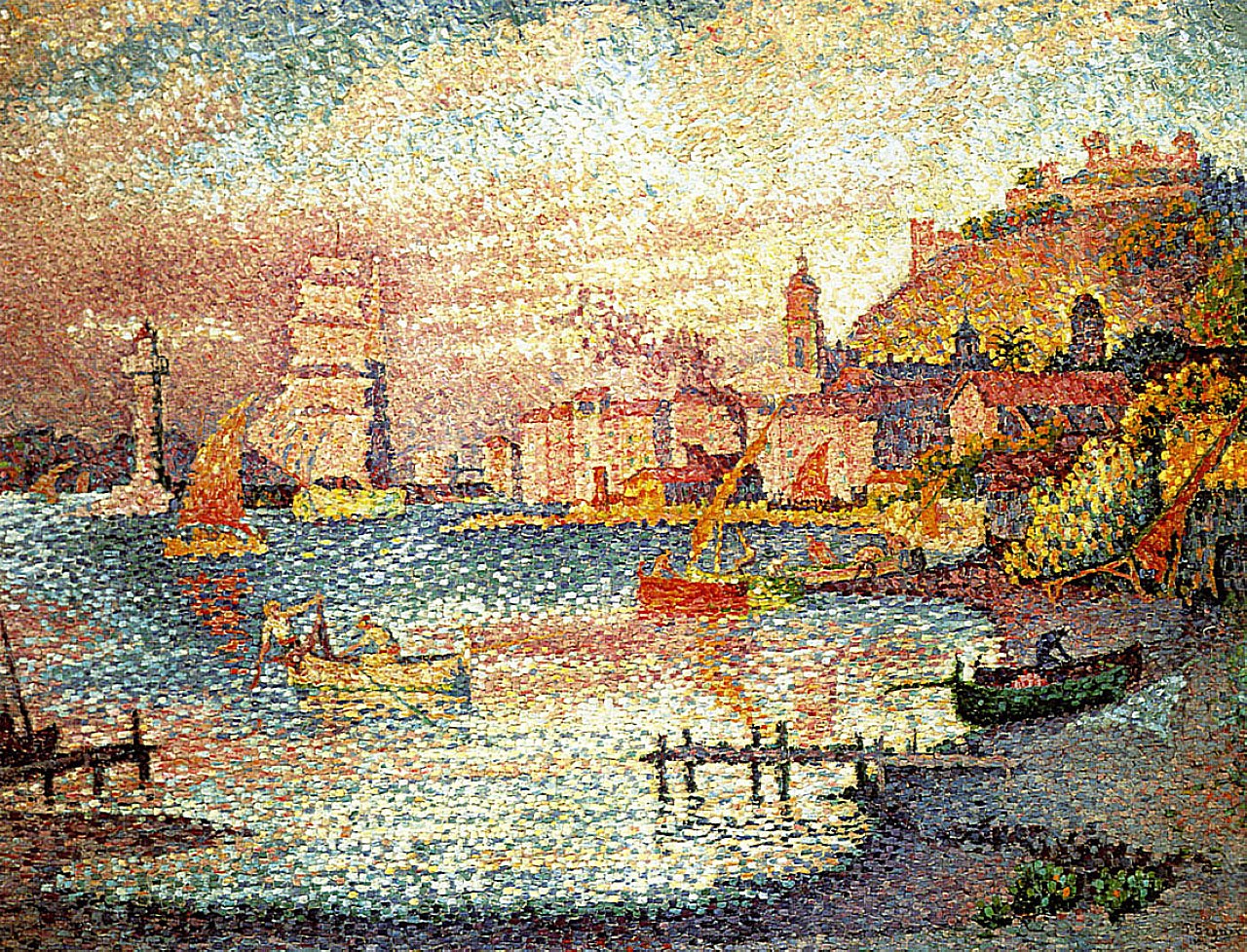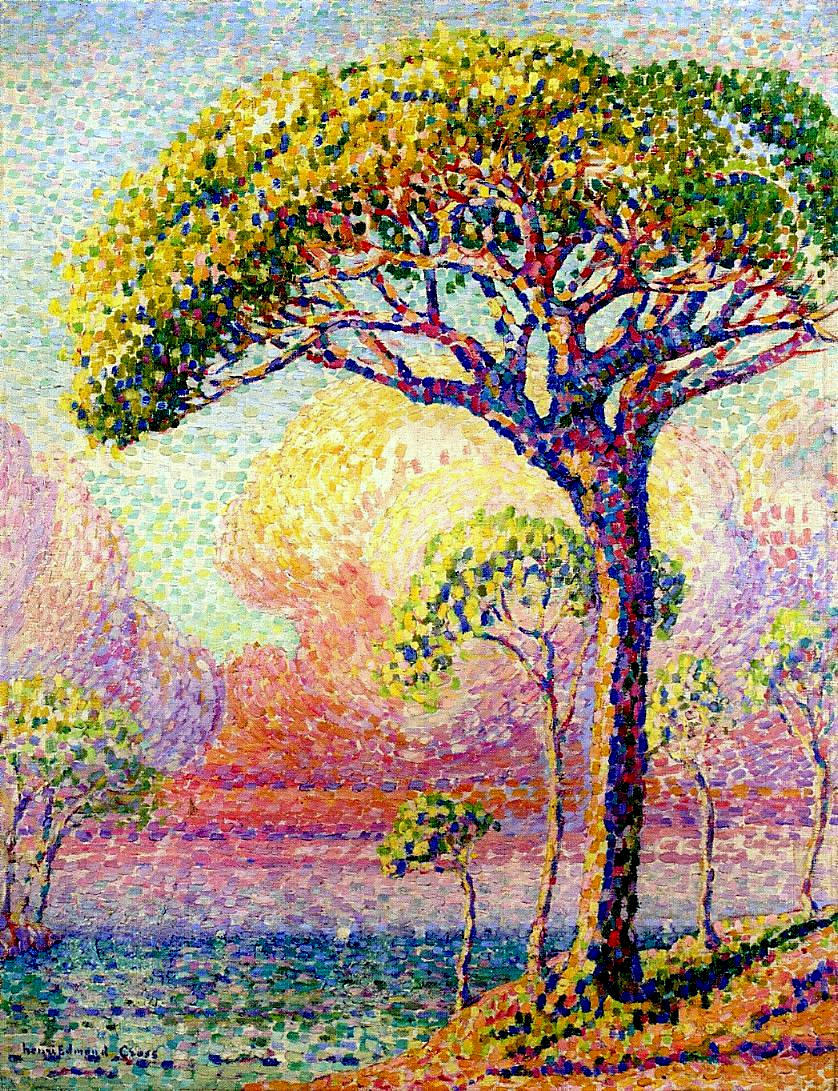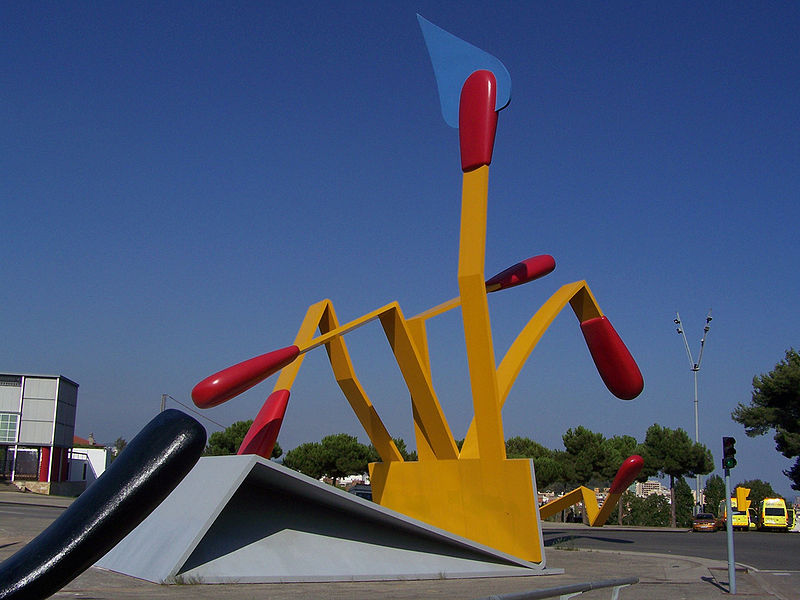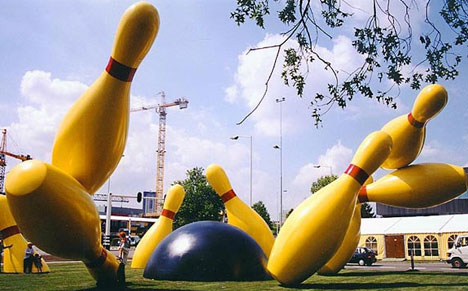Claes Oldenburg was born on January 28, 1929 in Stockholm. His father was a Swedish diplomat stationed in New York and in 1936 was appointed Consul General of Sweden to Chicago where Oldenburg grew up, attending the Latin School of Chicago. He studied literature and art history at Yale University from 1946 to 1950, then returned to Chicago where he took classes at The School of Art Institute of Chicago. He also opened his own studio and, in 1953, became a naturalized citizen of the United States. He is best known for his public art installations typically featuring very large replicas of everyday objects.
Claes Oldenburg has made many surprising sculptures. He works changing the real scale of the everyday objects, producing amazing artistic objects. Funny and playful sculptures in a monumental scale. The artistic team of Claes Oldenburg and his wife, Coosje van Bruggen, has to date executed more than
forty large-scale projects, which have been sited in various urban
surroundings in Europe, Asia, and the United States.
via
- See more at: http://laurajul.dk/2012/03/01/playful-sculptures-by-claes-oldenburg-and-coosje-van-bruggen/#sthash.lQ2pIYMD.dpuf
THE FOLLOWING SCULPTURES ARE SOME INTERESTING EXAMPLES OF HIS WORK AROUND THE WORLD:
1. "Clothespin"1976
Philadelphia. USA

2. "Paint Torch"2011
Outside the Pennsylvania Academy of the Fine Arts. USA
 3. "Cupin's Span"2002
3. "Cupin's Span"2002
A giant bow and arrow sculpture along of the Embarcadero in Rincon Park. San Francisco, California. USA
4. "Giant Safety Pin" 1999
Young Museum Sculpture Garden, San Francisco. USA
5. "Dropped Cone" 2001
Stainless and galvanized steels, fiber-reinforced plastic painted with polyester gelcoat.
Neumarkt Galerie, Cologne. Germany
6. "Match Cover"1992
Steel, aluminum, fiber-reinforced plastic painted with polyurethane enamel.
La Vall d'Hebron, Barcelona. Spain
7. "Flying Pins"2000
Eindhoven. Netherlands.
"Flying Pins" is an example of innovative use of composite materials and the creative engineering solutions. The pins seem to fly through the air but actually employ an innovative steel structure with slip-together invisible connections.










